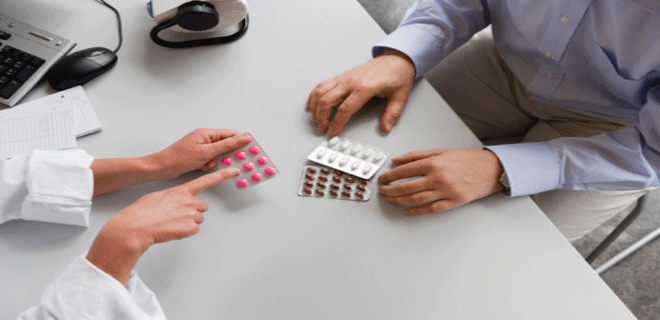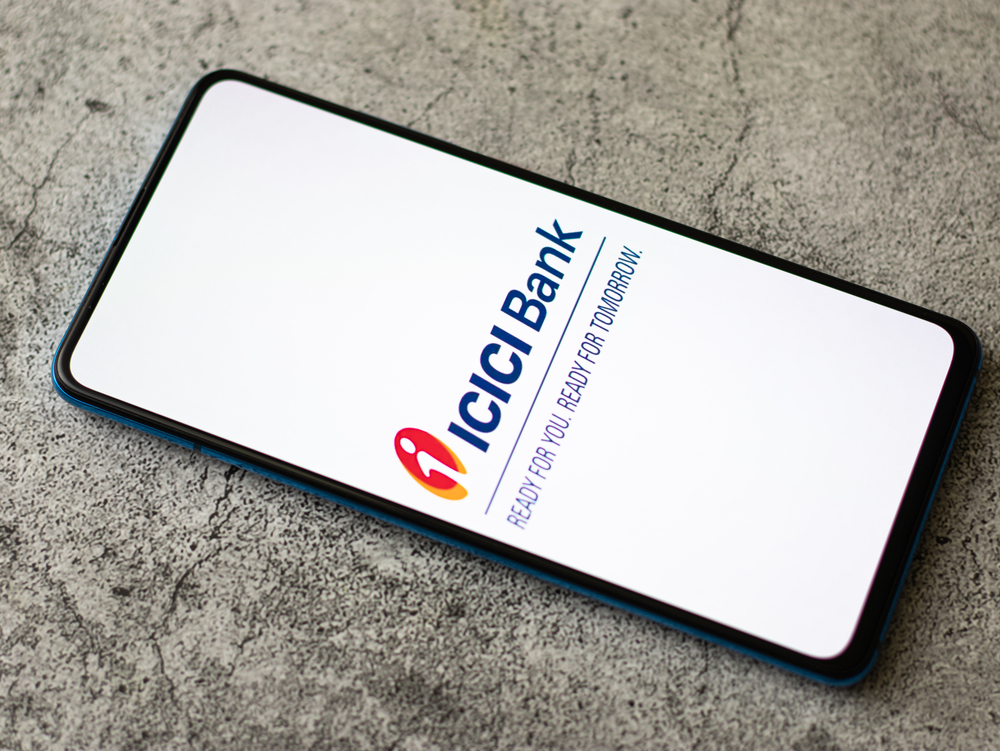Sun Pharmaceuticals - A Specialty player
GST disruption, pricing pressure, and strong structural headwinds one-off charge in US dents quarter for SUNP

Sun Pharmaceuticals (SUNP) is one of the fastest growing companies in India as well as globally. It is the world's fourth largest specialty generic pharmaceutical company and India's top pharmaceutical company. A vertically integrated business, it has a highly impressive track record of organic and inorganic growth and has achieved economies of scale. It provides high-quality, affordable medicines trusted by customers and patients in over 150 countries across the world. In India, the company enjoys leadership across 11 different classes of doctors with 30 brands featuring amongst top 300 pharmaceutical brands in India.
Sun Pharma's global presence is supported by 42 manufacturing facilities spread across six continents, R&D centres across the globe and a multi-cultural workforce comprising over 50 nationalities. Its footprint across emerging markets covers over 100 markets and six markets in Western Europe.
Its Global Consumer Healthcare business is ranked amongst top 10 across three global markets. Its API business footprint is strengthened through 14 world class API manufacturing facilities across the globe. Sun Pharma fosters excellence through innovation supported by strong R&D capabilities comprising about 2,000 scientists and R&D investments of approximately 8 per cent of annual revenues.
Sun Pharma’s various US acquisitions enlarge SUNP’s pipeline with differentiated products. The acquisitions are positive development for SUNP given the complementarities of businesses. Given the company’s track record of successfully turning around businesses in a highly profitable manner such as with Taro, TDPL, Natco’s brands, the company has one of the highest margins and return ratios amongst its global peers.
In April 2014, SUNP announced its biggest merger and acquisition deal ever with Ranbaxy (RBXY). SUNP currently is the second largest player in the domestic market, while the merged entity will become the largest player. The company has witnessed depressed profitability and valuations for Ranbaxy. Given its successful track record, the company could harness Ranbaxy’s existing capabilities, geographical presence and product portfolio to improve the latter’s profitability and drive long term value creation.
For the quarter ended in June’17, Sun Pharma results were impacted by USD147mn settlement of anti-trust litigation for Modafinil, pricing, competitive pressure, and challenging environment in US, and inventory de-stocking led by the implementation of GST. The revenue de-grew 25 per cent and has posted loss of Rs 420 crore. The EBITDA margin slipped to an all-time low of 17.6 per cent. Going forward, the company expects the business to improve and margin to increase.
Indian Business
The domestic business back home in India was down five per cent impacted by GST related inventory de-stocking. The Indian business will grow better and going ahead, sales in India will be reported excluding excise and expense. Higher capital expenditure is mainly going towards new dosage forms including the injectable plant in India.
US Business
The current financial year 2018 is envisioned to be a challenging year as strong structural headwinds in US are leading to collapse in pricing power of generic companies. The challenging macro scenario, regulatory woes, and company’s endeavor to create a specialty business in US is exerting huge pressure on profitability. It is probably the darkest hour before dawn when SUNP’s strategy of building a sustainable specialty business will see fruition. Despite the challenges, it is perceived to be on the right path. In the US industry: ‘Consolidation in distribution cannot be matched by consolidation in manufacturing’. There are certain projects that need to be shifted to over-the-counter (OTC) products, however, there is uncertainity which products will be able to shift.
The overall revenue for the pharma major declined 25 per cent, primarily due to US business plummeting 42 per cent YoY to USD351mn on pricing pressure, gGleevec in base and delay in approval of products from Halol.
Sun Pharma and one of its wholly-owned subsidiaries have entered into settlements with certain plaintiffs in Modafinil antitrust litigation. It has settled with two plaintiffs and a case with plaintiff is pending in the US. The related charge was of USD147mn related to settlement of antitrust litigation.
During the quarter, five Abbreviated New Drug Applications (ANDAs) were filed and had received eight approvals. The US market had witnessed high single-digit price erosion.
The main product for the US market is Absorica. There are some structural changes that have been done which led to higher scripts, however not higher revenue during the quarter and will stabilise in the next quarter.
In the Opiod segment, Sun Pharma does not have any impact of Department of Justice (DoJ) inspections in this matter. It does not have an abuse deterrent product currently. There has been one development in the Sun Pharma Advanced Research Company Ltd (SPARC) and one in Ranbaxy, which is mainly generic.
Speciality Business
With Bromsite and Odomzo ramping up and the launch possibility of Xelpros and Elepsia during the current financial year, the revenue for specialty segment is expected to scale up gradually. Presently, field force is not there, however marketing authorisation is present for Odomzo and Bromsite. For one of these, field force will be started in the current financial year. For Odomzo, the market is expected to grow. The company is also looking to add new indications, which can help the business grow.
Xelprosand Elepsiashould have stability files filed in the next two to three quarters for site transfer. Typically, most of the companies achieve peak sales in five years and with aggressive investments, peak can also be achieved in three years.
For Tildrakizumab, the company will file in all the key markets. Sun Pharma has received Prescription Drug User Fee Act (PDUFA) date from US Food and Drug Administration (FDA). The company is looking to file for Seciera in US by the third quarter of 2018. Unlike Restasis, the company believes has potential to register it in other large markets as well.
Although the near-term expectations have been beaten to a pulp; hopes lie on the specialty segment. The progress with the segment is growing, however, could have been better in Xelpros and Elepsia. The company is on track to achieve synergy benefits of USD300mn. These resources will be used to fund specialty business. Yet, the company still finds generic business more attractive and continues to invest in this business as large part of its spend is invested in the generic business.
Update on facilities
Halol
The pharma giant has executed the remedial measures at Halol and awaits the US FDA inspection. The re-inspection for Halol was done in the third quarter of 2017. The company is in the process of shifting some products, mainly those which are pending for approval, to alternate sites as a risk mitigation strategy. Even though the company is site transferring key filings from Halol, it has issued single digit revenue decline guidance for the current fiscal year and EBITDA margin inching to 20 to 22 per cent in second half of 2018.
The unit in Dadrosa doesn’t have the inspection report yet and the plant in Dadra has no major remediation issues currently.
Financials
The gross margins decreased owing to Gleevec and higher material cost for Taro and were higher sequentially due to business mix, lower AG, inventory charges in last quarter of 2017. In the specialty segment, more employees were employed which increased the staff cost. In the fourth quarter of 2107, other operating income included royalty from Almiral for Tildrakizumab and other expenses also include some foreign exchange component. The company has recorded higher finance cost owing to foreign exchange loss.
Guidance and valuations
The guidance given by the management expects single-digit decline in revenue and for the second half of 2018, the EBITDA margin is expected to be 20 to 22 per cent. Going forward, the focus will be on both growth and cost containment. Moreover, the management expects gradual rise in the tax rate going ahead.
On the R&D front, the company is not looking to the expenses related to R&D. Out of the share for R&D, 50 per cent of the spend is on generic business. The Active Pharmaceutical Ingredients (API) business of Sun Pharma is presently lumpy and is expected to grow better rest of the year.
The profitability of generic business is collapsing and companies are trying to either move up the value curve or shifting to other branded markets. During this process, there will be pain, however, remain hopeful that Sun Pharma has the ability and balance sheet strength to navigate this change. To reflect the short-term turmoil, the estimates for 2018 and 2019 earnings per share are decreased to 37 and 24 per cent, respectively. At the current market price of Rs 450, the stock trades at 18.9 times its expected 2019 earnings per share.
Key Risks
The pharma major is at risk if it faces any slowdown in the resolution of Halol's form 483 issues. Furthermore, the potential price correction in selective dermatology products of Taro franchise could result in loss of Taro’s business, which will impact the margins of the business and earnings growth.









